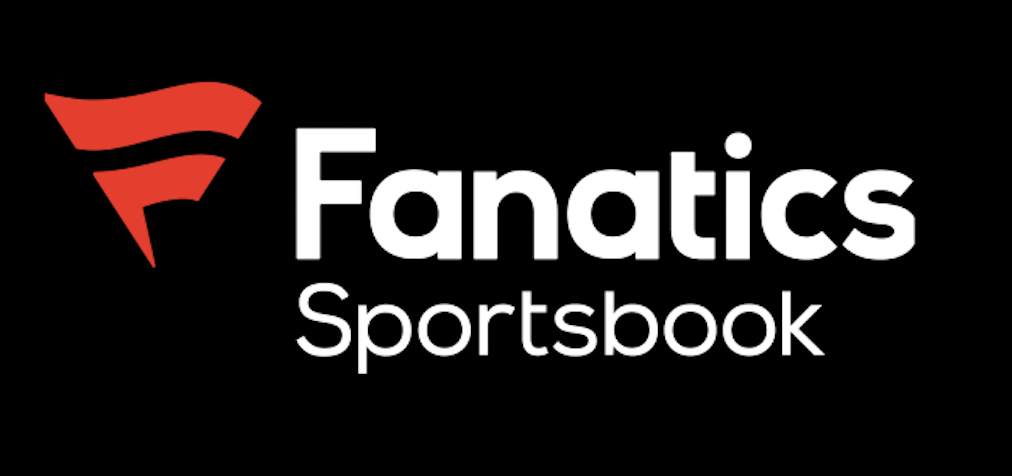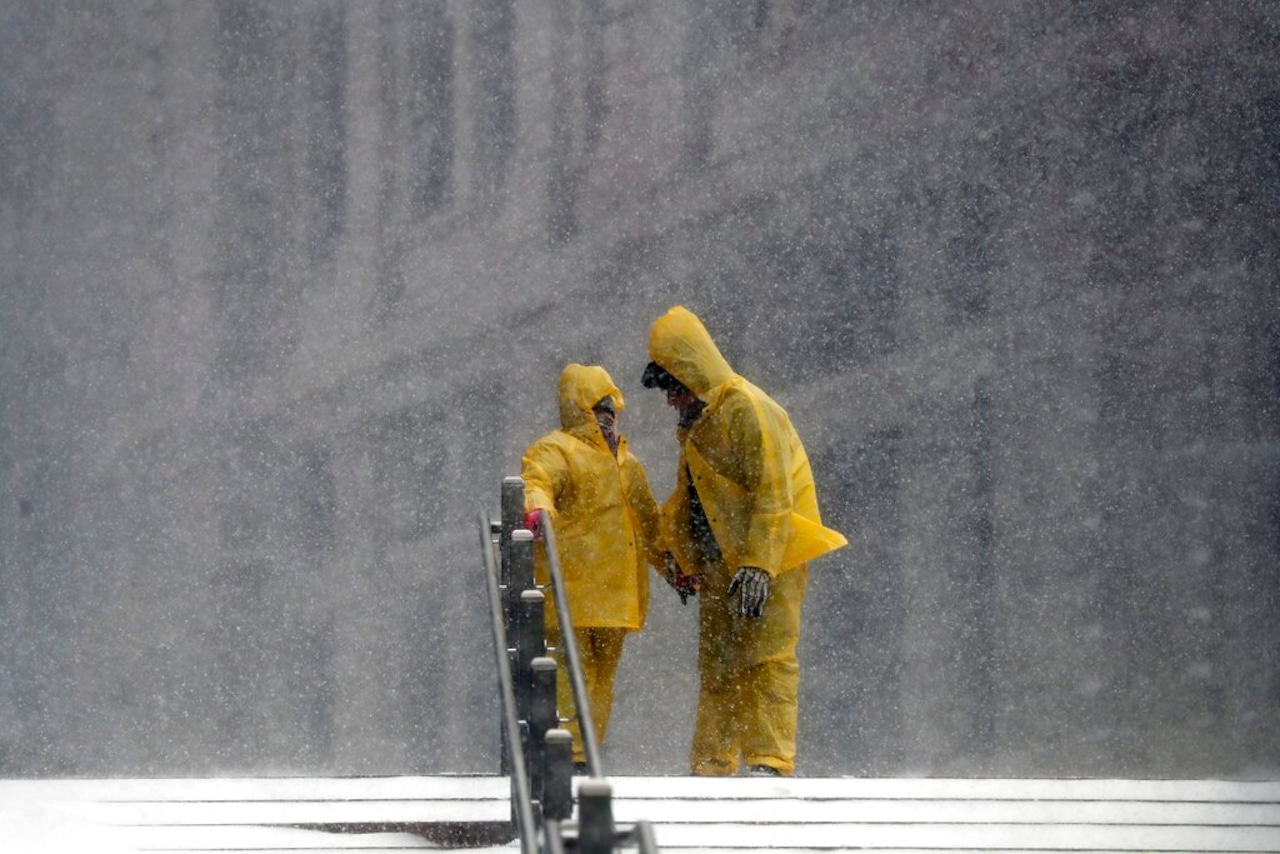It’s not yet official that Garrett Whitlock will soon undergo surgery on his right elbow. Whitlock will see a specialist in the middle of next week to get a second opinion. But by now, we know how these things usually go: whenever a team publicly acknowledges that “surgery is on the table,” as Alex Cora did earlier this week, and a second opinion is sought, the rest is likely a mere formality.
It would seem the only determination still to be made is whether he requires the full Tommy John procedure, or, like teammate Lucas Giolito, can undergo the less invasive internal brace procedure. The fact that Whitlock was diagnosed with a “slight” tear gives one hope that the former can be avoided, thus hastening his recovery time by approximately three-to-six months.
For Whitlock, however, that must feel like cold comfort. Except for his landmark 2021 season, he has every reason to feel as though he’s been cursed.

Fanatics Sportsbook
10X$100 BONUS BET
BET MATCH BONUS
Must be 21+. GAMBLING PROBLEM? Call 1-800-GAMBLER (CO, KY ,MD, OH, PA, TN, VA, VT, WV); (888) 789-7777 or ccpg.org (CT); 1-800-BETS-OFF (IA); (800) 327-5050 or gamblinghelpline.org (MA), mdgamblinghelp.org (MD), 1800gambler.net (WV)
He missed much of 2019 and all of 2020 after undergoing Tommy John surgery while in the New York Yankees organization. After being taken in the Rule 5 draft, he enjoyed a breakthrough 2021 season (46 appearances, 1.96 ERA, 1.105 WHIP). The Red Sox began the year with Whitlock again in the bullpen before shifting him to the rotation mid-season. It didn’t go well: he had a 4.15 ERA before being diagnosed with a hip problem. He continued to pitch through it for a time, but in September, with the Red Sox out of contention, the decision was made to have him undergo season-ending surgery.
The next spring, as the Red Sox brought him along slowly, he had a minor setback, further delaying the start of his year. His stuff wasn’t as sharp as it had been previously, probably owing to a lack of strength, the result of spending the winter rehabbing from surgery. He also an IL stint with some soreness in his flexor muscle, which, in retrospect, was a precursor to his current elbow woes.
This season was supposed to be his first healthy one in some time, but that didn’t last long: just four games into the year, he suffered a left oblique strain. While aggravating, it was hardly catastrophic, and after one rehab appearance for Worcester, Whitlock seemed less than a week away from returning to the major league rotation.
Except that, the day after his outing at Triple A, Whitlock felt discomfort in his elbow. Within days, tests revealed the UCL tear. And so Whitlock sits in limbo, waiting for news that will qualify as either bad or worse.
Some additional thoughts on Whitlock and the fallout from his injury:
1) Whitlock’s contract. Recall that in April of 2022, Chaim Bloom extended Whitlock with a four-year, $18.75 million contract that covered the years 2023 through 2026, with club options for 2027 and 2028.
Even with the lost time Whitlock has had and faces in the near future, the deal hasn’t been prohibitive for the Sox. This year, he’s making $3.25 million, a reasonable enough number for a major league pitcher now in his fourth season of service time.
Next year, as Whitlock presumably recovers from whatever procedure he’s soon to undergo, the number only jumps to $5.25 million. Again, that’s nothing that’s going to impact other moves made by the club. Finally, the number jumps to $7.25 million in 2026.
Where Whitlock will be hurt is in the escalators which are part of the deal and based on innings pitched. With just 71.2 innings last year and the number frozen at 18.1 this season and at least some of next year sure to be missed, Whitlock is missing out on opportunities to increase the total value of his deal.
It’s not, however, about to affect the Red Sox and how they do business.
2) His future role. A segment of the fan base has posited that Whitlock is somehow not cut out to be a big league starter and that the current elbow issue is further proof of that.
Excuse me?
For one thing, Whitlock is six-foot-five and approximately 230 pounds. Why would such a body type not be able to handle the demands of being a major league starter? Whitlock is almost exactly the same size as his close friend, Tanner Houck, who also struggled mightily as a starter….until two months ago. How is that Houck, who has also dealt with injuries, has the perfect physique to succeed as a starter, but someone with the exact same physical frame is somehow too fragile?
Also, Whitlock has made a grand total of 23 big league starts in his major league career. Does that sound like someone who has succumbed to a huge workload? Did he suffer his hip injury in 2022 due to the 39 innings he had as a starter that year? Or, exactly one-third of an inning less than he had pitching in a relief role? Of course not.
As Alex Cora has noted, there’s a case to be made that there is far more stress to the elbow (and shoulder) for someone who pitches multiple innings several times per week in relief than someone who is asked to pitch five or so innings once every five days.
It may well be that, going forward, Whitlock is more successful as a reliever than as a starter. As most teams do, the Red Sox have spent the last few years attempting to determine whether he can thrive as a starter before permanently eliminating that role for him. That’s because starters are far more valuable than relievers, based on innings pitched.
If it turns out that Whitlock is meant to relieve, it will be because of his repertoire is better suited to bullpen duty. The notion that “he can’t hold up as a starter” is, for now, unfounded.
3) Lack of depth. Finally, the expected loss of Whitlock for the remainder of the season will severely test the Red Sox’ starting pitching depth. Already, the Red Sox have been fortunate that Cooper Criswell (2-1, 2.86) has performed well, as injuries to Giolito, followed in short order by Nick Pivetta, Brayan Bello and Whitlock, have decimated the rotation.
But how much more can one staff take? Currently, the best options at Triple A Worcester are Josh Winckowski and Richard Fitts. WInckowski, who failed as a starter in 2023 and again in the rotation competition this past spring, seems unsure of what the Red Sox want him to throw. His inability to get much swing-and-miss was already an issue in relief and must be addressed before he can be entrusted in the rotation. Meanwhile, Fitts has shown promise, but he’s yet to pitch in the big leagues and for now, is hardly someone on whom the Red Sox can count.
The degree to which the Red Sox have already been hit by pitching injuries — with more, undoubtedly, to come — is sure to invite further scrutiny on the Red Sox’ decision to start the year with a reduced payroll.
While many fans pressed ownership to spend more freely and bid for late-signing free agents such as Blake Snell and Jordan Montgomery, the real fallout is only just now being seen. Had the Red Sox been more aggressive in pursuing back-end starters — Michael Lorenzen comes to mind as potential solution who would be nice to have now — they’d be in far better shape.
Lorenzen signed for $4.5 million with Texas, and that sort of reasonable, one-year deal wouldn’t have busted the Red Sox’ budget. But without an accomplished starter with success at the major league level to whom they can turn, the Sox are down to a reliever and a rookie as their only options.
___________________________
Seems like the Red Sox aren’t the only big market team contemplating a slash in spending. Yankees owner Hal Steinbrenner told the New York Post this week that he anticipates the Yankees will cut back on payroll for 2025 and beyond.
Currently, the Yankees payroll is at $305 million — or a full $100 million, give or take, more than the Red Sox are spending this season — which is second only to the cross-town Mets in spending for 2024.
“I’m going to be honest — payrolls at the levels we’re at right now are simply not sustainable for us financially,” said Steinbrenner. “It wouldn’t be sustainable for the vast majority of ownership (groups), given the luxury tax we have to pay.”
That doesn’t exactly sound like the battle cry of a franchise readying to extend free-agent-to-be Juan Soto, who has already rejected a $440 million deal two years ago.
Steinbrenner was quick to point out that the Yankees have a lot of money coming off the books following this season, what with Gleyber Torres, Alex Verdugo, Clay Holmes and Tommy Kahnle all headed for free agency, to say nothing of a club option for Anthony Rizzo.
More than likely, Steinbrenner is frustrated by the fact that, despite having a Top 3 payroll in 13 of the last 15 seasons, his franchise hasn’t won so much as a pennant, never mind a title. Had the Yankees won once or twice since their last championship in 2009, their big spending could be far easier to justify.
Steinbrenner’s words are somewhat ominous, in that they closely resemble the words spoken by Red Sox principal owner John Henry on the night of Oct. 28 on the Dodger Stadium infield. The Red Sox had just won their fourth title in Henry’s ownership, but he was already hinting that his limited partners were growing antsy over the team’s profligate spending. (The Sox were at $239.4 million for luxury tax purposes that season and actually upped spending slightly in 2019 to $243.6 million).
Henry’s partners were unhappy that they’re weren’t realizing the profit margins to which they had become accustomed, and ever since, the Red Sox have sharply curtailed spending, leading to a commensurate drop-off in competitiveness (three last place finishes in the last four years).
It’s possible, at least, that Steinbrenner was sending signals to Scott Boras, who represents Soto, a warning shot that the Yankees won’t be goaded into an Ohtani-like deal for the outfielder.
More than likely, the remarks — which notably took place at a quarterly owners meeting — were intended to serve as saber-rattling for the Players Association. If the Yankees aren’t going to spend, then who is?
The drums of labor war are getting louder. Surely, it’s no coincidence that the owners of the Cardinals, Cubs, Red Sox and Yankees — four the sport’s legacy franchises — are publicly complaining about either the A) lack of profit B) the cost of doing business or C) both.
If Steinbrenner does make good on his threat, we may not be far from an unthinkable scenario. With the traditional powers in New York and Boston both careful to manage spending, the Rays continuing to exist on shoestring budgets and the Blue Jays determining whether to blow up the current roster as stars Vladimir Guerrero Jr. and Bo Bichette inch closer to free agency, could we soon see the day when new owner (and billionaire) David Rubenstein turns the Orioles into the biggest spenders in the AL East?
____________________
There’s a lot of baseball to be played between now and the trade deadline at the end of July, but in his comments to WEEI Thursday morning, Red Sox chief baseball officer Craig Breslow seemed to hint that it will take a lot for the Sox to become buyers.
“The importance of winning seasons and competing through September and into the playoffs is not lost on me by any means,” Breslow told the station. “But I have to make what I believe are the best decisions for the organization., and that’s always what I’m going to anchor myself to. At times, it’s difficult to balance short- and long-term views.”
“Investing in the team can take a few different paths. I recognize the value of a competitive team and one that has the potential to make the playoffs, that’s what I want, the team wants, the fans want and that’s what ownership wants. These decisions can’t be made in a vacuum though, because we alone don’t control fate necessarily. We have to look at what’s happening around the league. The AL East is incredibly tough, so we’re thinking about what is the probability that we’re making the postseason.”
Trying to parse Breslow’s words, there seems to be a lot of equivocating there: Investing in the team can take a few different paths. And These decisions can’t be made in a vacuum though.
It’s not hard to read those and think that Breslow is trying to lower expectations over the chances of the team looking to add to its roster.




